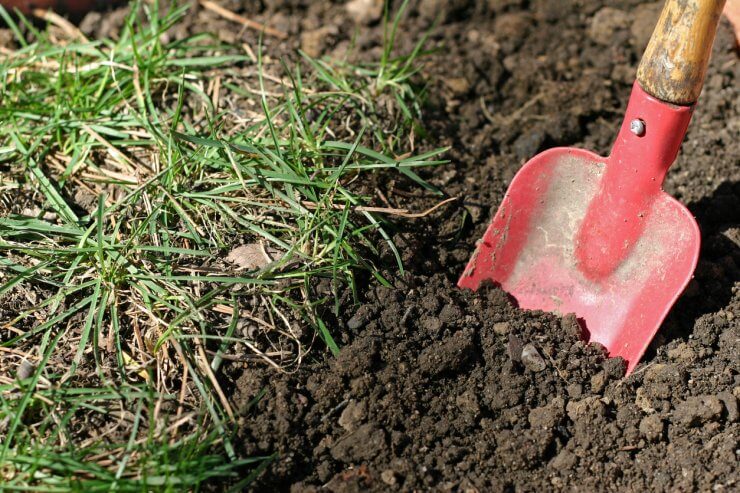
Sandy, loamy soil is best for quinoa
Having healthy quinoa plants starts with having great soil in which to grow them. Quinoa is somewhat forgiving when it comes to soil, but you’ll have best results with sandy to loamy, well-drained, and aerated soil with a pH of 6.0 to 7.5 that is amended with organic matter, such as compost.
It’s alright if you don’t make your own compost—you can buy bulk compost from most gardening supply stores. Try to find “certified compost” with the U.S. Composting Council’s Seal of Testing Assurance (STA)—their rigorous testing process and standards will ensure you get quality compost.
Next, consider adding a timed-released fertilizer and worm castings as healthy amendments to your soil. With your compost and amendments on top of your soil, use a spade fork to turn the soil over and mix everything together. Remember, soil health is one of the most important things to ensuring that your quinoa plants thrive and produce quality and quantity fruit.
When it comes to planting quinoa with other plants, here are some plants that quinoa likes to share space with. Be sure to give quinoa plants plenty of space of their own, but you can plant these nearby:
- Basil
- Beans
- Corn
- Dill
- Garlic
- Mint
- Rue
Are there plants to keep away from your quinoa? Yes—tomatoes. Though tomatoes and quinoa go together well on your dinner plate, they don’t get along in the garden.
What type of soil do you use to grow your quinoa? Do you use compost at all? What are your best tips for creating optimal soil for your quinoa? Please share your techniques with us.


 Previous
Previous

